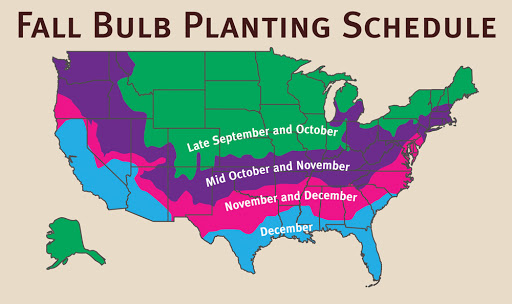Over 100,000 daffodil bulbs have been planted in the City of White Plains since 2014 when White Plains Beautification Foundation started The Daffodil Project. With the expertise of Walter & Chris Ruigrok from A.D.R. Bulbs our public spaces have dazzled with daffodils. A.D.R. offers a wonderful range of choices and excellent quality bulbs at competitive pricing, and supported by excellent customer service. WPBF values its long-standing relationship with A.D.R. Bulbs.
Joanna Daddario
, White Plains Beautification Foundation
« Previous Plant | Next Plant »
Tulipa Parrot 'Silver Parrot'
Tulip
Silver Parrot is a late-spring blooming parrot tulip, known for its large, ruffled petals in silvery pink with creamy white edges. As the flower matures, it opens wide, almost flattening out, revealing its intricate coloration.
This variety reaches 14 to 16 inches tall and thrives in full sun with rich, well-drained soil. The blooms are large, typically 5 to 6 inches in diameter, making them a standout in gardens and floral arrangements. A sport of Apricot Parrot.
Tulipa Calculator
When should I plant Tulipa Parrot 'Silver Parrot'?

Growing and Maintenance Tips for Tulipa Parrot 'Silver Parrot'
Planting: Plant in fall when soil temperatures drop below 55°F. Set bulbs 6–8 inches deep, pointed end up. Choose a sunny, sheltered location to protect their large, irregular blooms from strong wind and spring storms.
Spacing: Space bulbs 4–6 inches apart. For full visual impact, plant 10 or more together—these tulips shine in bold, theatrical groupings.
Light: Full sun enhances color intensity and stem strength. Though tolerant of light shade, stronger light preserves bloom structure and vivid contrast.
Soil: Use well-drained, neutral to slightly acidic soil (pH 6–7). Poor drainage increases risk of rot—especially for these heavy-headed, late-season types.
Watering: Water after planting to settle soil. In spring, water only during dry periods—excess moisture can weaken stems and damage blooms.
Temperature & Dormancy: Requires 12–16 weeks of cold (below 50°F) to root and initiate flowering.
Fertilization: Apply balanced bulb fertilizer at planting and again in early spring to support strong stems and petal development.
Pests: Squirrels may disturb bulbs—protect with mulch or mesh. Deer will eat buds and foliage, especially in early spring—use repellents or fencing in high-pressure areas.
Disease: To prevent Botrytis (Tulip Fire), plant only healthy, firm bulbs in sunny, airy beds. Avoid overhead watering. Remove and destroy any infected foliage—never compost. Rotate sites annually and avoid replanting in affected areas for three years.






Check back soon for additional details.